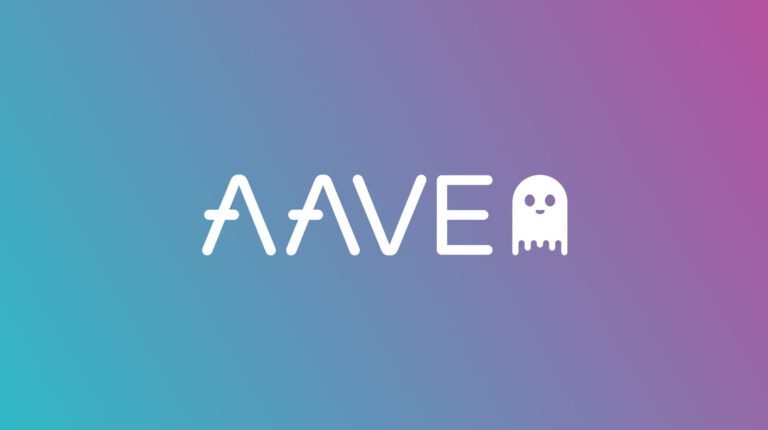Introduction
- Definition of Solana (SOL) blockchain
- Overview of its objectives and milestones
History of Solana
- Founding of Solana by Anatoly Yakovenko
- Inspiration behind Solana’s creation
- Launch of the project in 2018
Features and Technology
- Unique combination of technologies used by Solana
- Proof of History and Turbine
- Achieving high transaction speeds (up to 50,000 transactions per second)
- Energy-efficiency compared to other blockchains
Current Status of Solana
- Popularity and market capitalization
- Ranking among cryptocurrencies by market cap
- Wide range of projects using Solana
Insights into Solana
- Promising blockchain with potential
- Achievements and milestones
- Scalability issues in the past
- Importance of monitoring Solana’s performance and staying updated
Conclusion
- Summary of Solana’s strengths and considerations for investing
- Encouragement to monitor the latest developments
FAQs
- What is the main objective of Solana?
- Who founded Solana?
- How does Solana achieve high transaction speeds?
- Is Solana energy-efficient?
- What are some high-profile projects using Solana?
Solana (SOL) Coin Review
Introduction
Solana is a high-performance blockchain that aims to address the scalability issues faced by other blockchain networks. With its unique combination of technologies, including Proof of History and Turbine, Solana achieves impressive transaction speeds of up to 50,000 transactions per second. Moreover, Solana prioritizes energy efficiency, consuming only a fraction of the power required by other blockchains.
History
Solana’s journey began when Anatoly Yakovenko, a former Qualcomm engineer, grew frustrated with the scalability limitations experienced by existing blockchains. In 2017, Yakovenko embarked on the development of Solana, and the project was officially launched in 2018.
Features and Technology
Solana sets itself apart through the implementation of innovative technologies. Its key features include Proof of History and Turbine. By leveraging Proof of History, Solana creates a reliable chronological order of events, enhancing the efficiency of transaction validation. Turbine, on the other hand, enables parallel processing of transactions, contributing to the network’s remarkable transaction speeds of up to 50,000 per second. In addition to speed, Solana also stands out for its energy efficiency, requiring significantly less power compared to other blockchains.
Current Status of Solana
Today, Solana has emerged as one of the most popular and prominent blockchains worldwide. With a market capitalization exceeding $17 billion, it currently holds the position of the seventh-largest cryptocurrency by market cap. The Solana ecosystem encompasses a diverse range of projects, including decentralized exchanges, gaming platforms, and decentralized finance (DeFi) applications.
Insights into Solana
Solana’s potential as a blockchain technology is highly promising. The network has already accomplished significant milestones and garnered substantial adoption. However, it is worth noting that Solana has experienced scalability issues in the past, which need to be addressed to unlock its full potential. As an investor, it is essential to closely monitor Solana’s performance and stay updated with the latest developments before making investment decisions regarding SOL.
Here are some key insights to consider:
- Solana is a fast and scalable blockchain, capable of processing up to 50,000 transactions per second.
- Solana distinguishes itself through its energy efficiency, consuming significantly less power compared to other blockchains.
- The Solana community is characterized by passionate developers and users who actively contribute to its growth.
- Solana has attracted several high-profile projects, bolstering the adoption and utilization of the network.
- While Solana demonstrates tremendous potential, it has faced scalability challenges that necessitate resolution to fully unleash its capabilities.
Conclusion
In conclusion, Solana stands out as a promising blockchain with substantial potential. Its high-performance capabilities and energy efficiency make it an attractive option for various applications. However, it is crucial to stay vigilant and monitor Solana’s performance closely, as well as stay informed about the latest developments within the ecosystem before considering investments in SOL.
FAQs
- What is the main objective of Solana? Solana aims to address scalability issues faced by other blockchains by providing a high-performance and energy-efficient network.
- Who founded Solana? Solana was founded by Anatoly Yakovenko, a former Qualcomm engineer.
- How does Solana achieve high transaction speeds? Solana achieves high transaction speeds through a combination of technologies, including Proof of History and Turbine, which enable efficient validation and parallel processing of transactions.
- Is Solana energy-efficient? Yes, Solana is designed to be energy-efficient and consumes significantly less power compared to other blockchains.
- What are some high-profile projects using Solana? Solana has attracted notable projects, including the Serum decentralized exchange and the Audius music streaming platform.




